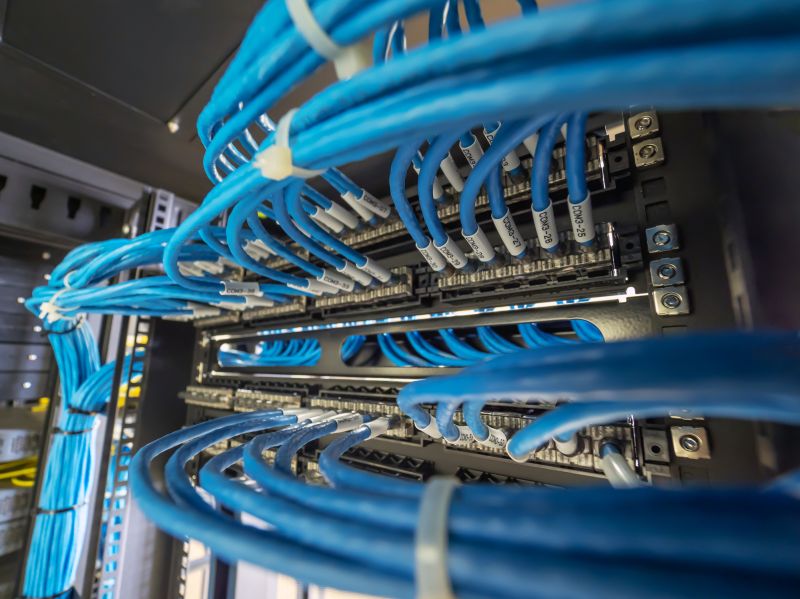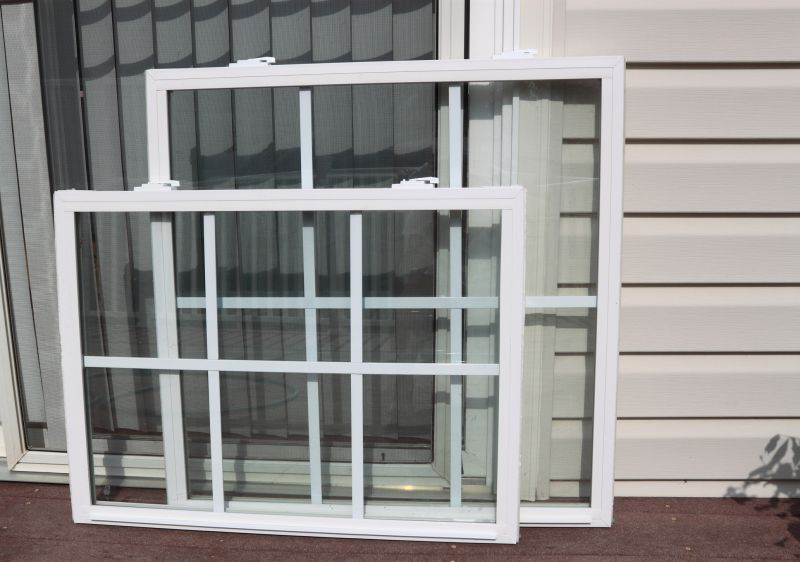Optimal Timing for Windows Installations
Choosing the right time for Windows installations can impact system performance and minimize disruptions. Typically, scheduling during periods of low activity ensures smoother updates and reduces downtime. Understanding seasonal and operational factors can help determine the most suitable window for installation.
Spring and fall often provide optimal weather conditions for installations, reducing potential delays caused by extreme temperatures or weather events.
Scheduling during off-peak hours or holiday periods minimizes impact on daily operations and user productivity.
Ensuring systems are backed up and updated prior to installation reduces risks and facilitates smoother updates.
Timing installations after major software releases or updates can ensure compatibility and access to new features.

A technician performing a Windows setup on a desktop.

Installing Windows on enterprise servers during scheduled downtime.

Updating office systems with new Windows versions.

IT professional performing remote Windows installations.

Assessing hardware before Windows installation.

Configuring settings after Windows setup.

Creating backups prior to Windows upgrades.

Configuring network settings during Windows deployment.

Resolving issues during or after installation.

IT team working together for Windows deployment.
| Factor | Best Practice |
|---|---|
| Weather Conditions | Schedule during mild weather to avoid delays caused by extreme temperatures. |
| Operational Downtime | Plan installations during low activity periods or scheduled maintenance windows. |
| Software Release Cycles | Align with major Windows updates for better compatibility. |
| System Backup | Ensure full backups are completed before installation. |
| Hardware Compatibility | Verify hardware meets requirements prior to scheduling. |
| User Availability | Coordinate with users to perform installations during times of minimal disruption. |
| IT Support Readiness | Confirm support staff availability during planned installation times. |
Windows installations are a critical component of maintaining system security and performance. Proper timing ensures minimal operational impact and maximizes the benefits of updates. Regularly scheduled updates can improve system stability, introduce new features, and enhance security protocols. Data indicates that well-planned installation times reduce the likelihood of technical issues and downtime, leading to more efficient IT management.

Technician installing Windows on a workstation.

Backing up data prior to Windows upgrade.

Adjusting settings after Windows deployment.

Support staff assisting during Windows updates.
Interested in scheduling Windows installations at optimal times? Filling out the contact form can provide tailored recommendations based on specific operational needs and system configurations. Proper planning ensures a smooth transition and minimizes potential disruptions.


